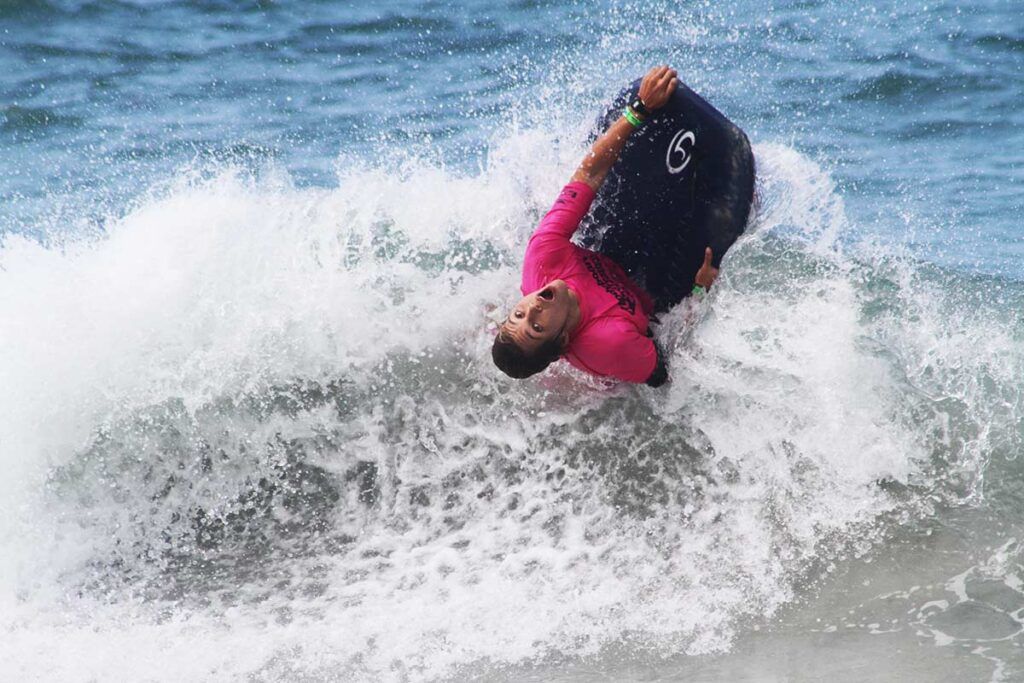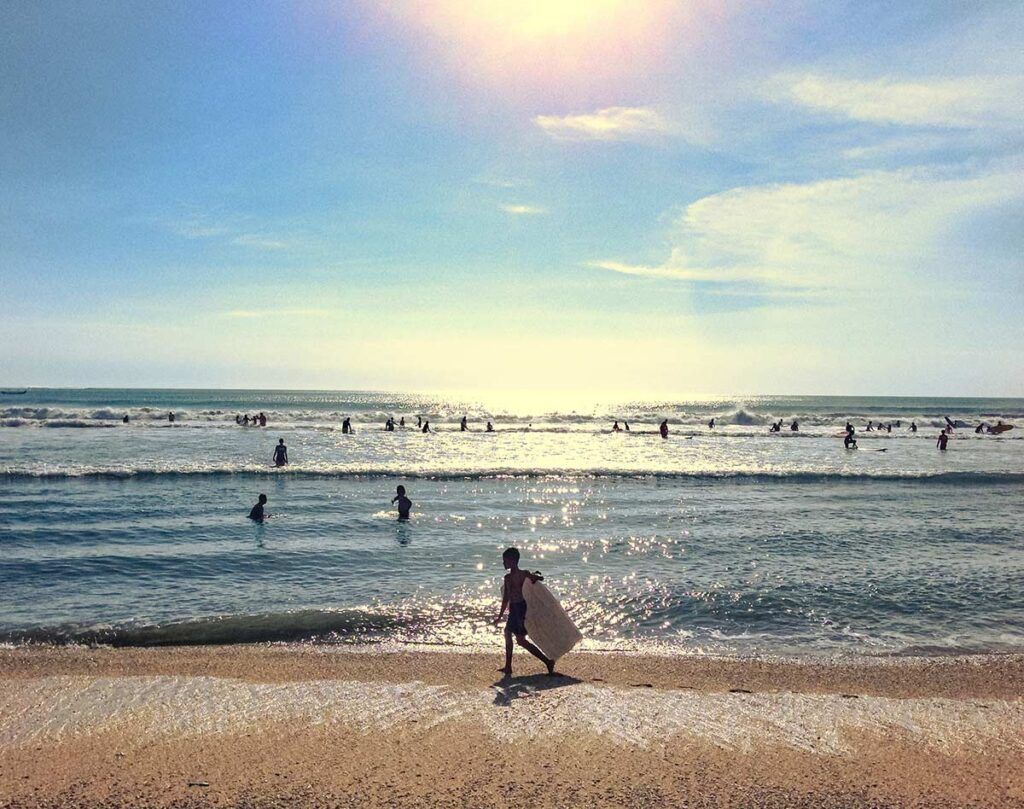Learn How to Bodyboard
Quadri Abdur July 27th, 2021 Posted In: Articles, How-To
In the world of water sports, bodyboarding is recognized as the oldest form of surfing. Today it’s one of the most popular water sports worldwide! Bodyboarding basics can be learned in a day and you can learn how to bodyboard at any age.
If you’re looking to get into the sport of bodyboard, read on.

Things to Know
- You should have foundational swimming knowledge and experience. In bodyboarding, swimming is essential, and to safely enjoy the experience, you must know how to swim. If you don’t know how to swim, you can start with swimming lessons to get ready for more advanced watersports.
- You should be confident! Just like in any other sport, you’ll need to go in with confidence and committment to learn how to bodyboard. Encountering waves is a must, so you should be prepared to fail before you get better.
- You must understand the ocean’s movement: this is a hugely important part of any ocean sport, including bodyboarding. You should always prioritize your safety before venturing into open water. Take time to learn about the signs of dangerous waters. Seek information from local lifeguards and beach safety, and never go into the water alone. Observe the ocean before heading in and take note of it’s patterns. You can learn more about beach and ocean safety from this awesome Red Cross article.
How to Bodyboard
Prepare Your Gear
The great thing is, you don’t need a lot of gear for bodyboarding!
The Board
To start, you’ll obviously need a bodyboard. There are loads of options on the market! Take some time to do your research to find a board that’s perfect for you. Keep in mind your weight and height and the kind of water conditions you plan to ride in. Different brands have different size guides, so be sure to reference these as you shop. You can also head into your local surf or sports store to talk to someone who might have more experience!
Apparel
Depending on the water conditions where you’ll be riding, you’ll want to get yourself appropriate wear to keep you warm and protected.
In warmer waters, a rashguard can be enough to create a barrier between you and the sun and sand to avoid rash and burn. Many rashguards have built-in UV protection technology! If you want a little extra protection and warmth, you can also invest in a wetsuit top that is a little thicker than a rashguard and offers better insulation! Wetsuit Wearhouse stocks a huge selection of wetsuit tops for men, women, and kids in a variety of styles and thicknesses. You can browse wetsuit tops here to get an idea of what options are out there.
In colder waters, you can also get a shorty or full wetsuit to keep you toasty as you learn! A 3/2mm wetsuit is a good starting point for a general watersport wetsuit in moderate climates!
Accessories
As you get better, additional add-ons, like fins, can take your bodyboarding to the next level! Check out the top 10 best bodyboarding fins as researched by Windsurfing Mag here.

Study the Wave
You’ll need to know what direction the waves are coming from and where they are traveling so you can work your way in and get a smooth ride. Take a few minutes before going into the water to study the wave pattern to make the most of your bodyboarding session!
Strap Up!
Strap the leash to your upper arm to keep your board secured to you as you surf or wipe out. This will help you from losing your board, and protect you and others in the water from being hit by a runaway board.
Position Yourself Correctly
Practice on the beach to get a feel for how you should position yourself on the bodyboard before you head into the water. Lay on your board in the sand, and hold the board’s nose with a firm grip with both hands and your forearms resting on the board, so that your chest is slightly lifted.
The board’s tail should be positioned under your tummy as your weight is established on top of the board for ultimate control.
Catch Some Waves
Once you feel comfortable on the board on land, it’s time to head into the water!
- Walk out past the breaking waves, and then lay yourself on your board to paddle out.
- Turn towards the shore and wait for your perfect wave. You’ll want to start out in calmer waters to practice! Watch for a wave moving towards the shore, just starting to crest at the top.
- At this point you want to start racing with the wave towards the beach to catch its momentum and bodyboard with it! Kick fast (this is where fins can be helpful!) and wait for the magic feeling of lifting off with the water!
- Hold on to the top of the board and steer with your weight.
- This is the fun part! You can simply ride the wave out or learn tricks as you get more comfortable.
- As you near the end of the wave, you can “stall” by dropping your hips and legs in the water, and lifting the nose of the board up slightly to brake.
- Rinse and repeat! Head back as many times as you want! Remember that practice makes perfect, and every wave that you ride will make you a better bodyboarder.
Keep At It
Bodyboard often to master the sport. It takes patience and dedication but, after a short learning curve, you are on your way to becoming a great bodyboarder! From here you can learn more about the construction and design of bodyboards, teach yourself tricks like the Forward Spin 360°, the Cut Back, and the Duck Dive, and move into more advanced waters with bigger and faster waves!

